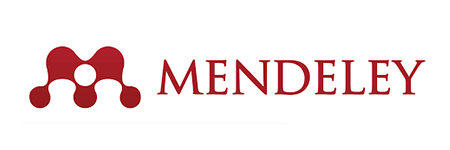Bahasa sebagai Media Pelestarian Nilai-Nilai Kearifan Lokal di Era Globalisasi
DOI:
https://doi.org/10.70716/jols.v1i2.81Keywords:
sociolinguistics, local wisdom, language preservation, communicative competence, globalizationAbstract
Language plays a central role in shaping identity, preserving cultural heritage, and facilitating communication across generations. In the era of globalization, local wisdom values embedded in traditional languages are increasingly threatened by the dominance of global languages and modern communication styles. This article aims to explore how language can function as a medium for preserving local wisdom while simultaneously supporting communicative competence in real-life contexts. The study adopts a qualitative descriptive method with a literature review approach. Data collection was carried out through document analysis of academic sources such as journal articles, books, and conference proceedings obtained from Google Scholar. Thematic content analysis was used to identify recurring themes, concepts, and key findings. The main findings indicate that sociolinguistic approaches, such as authentic discourse analysis, role-play simulations, and discussions on language variation, can effectively integrate local cultural values into language learning. These strategies enhance students’ awareness of registers, politeness norms, and context-based language use. Moreover, students develop pragmatic and sociocultural competence, including greater empathy, adaptability, and confidence in communication. This study highlights the importance of viewing language not only as a linguistic system but also as a cultural tool to bridge local traditions and global challenges. In conclusion, sociolinguistic perspectives serve as a bridge between linguistic knowledge and practical communication skills, emphasizing the role of language in preserving local wisdom and preparing students to navigate real-world communicative demands.
Downloads
References
Language plays a central role in shaping identity, preserving cultural heritage, and facilitating communication across generations. In the era of globalization, local wisdom values embedded in traditional languages are increasingly threatened by the dominance of global languages and modern communication styles. This article aims to explore how language can function as a medium for preserving local wisdom while simultaneously supporting communicative competence in real-life contexts. The study adopts a qualitative descriptive method with a literature review approach. Data collection was carried out through document analysis of academic sources such as journal articles, books, and conference proceedings obtained from Google Scholar. Thematic content analysis was used to identify recurring themes, concepts, and key findings. The main findings indicate that sociolinguistic approaches, such as authentic discourse analysis, role-play simulations, and discussions on language variation, can effectively integrate local cultural values into language learning. These strategies enhance students’ awareness of registers, politeness norms, and context-based language use. Moreover, students develop pragmatic and sociocultural competence, including greater empathy, adaptability, and confidence in communication. This study highlights the importance of viewing language not only as a linguistic system but also as a cultural tool to bridge local traditions and global challenges. In conclusion, sociolinguistic perspectives serve as a bridge between linguistic knowledge and practical communication skills, emphasizing the role of language in preserving local wisdom and preparing students to navigate real-world communicative demands.
Downloads
Published
How to Cite
Issue
Section
License
Copyright (c) 2025 Arhan Dani

This work is licensed under a Creative Commons Attribution-ShareAlike 4.0 International License.








